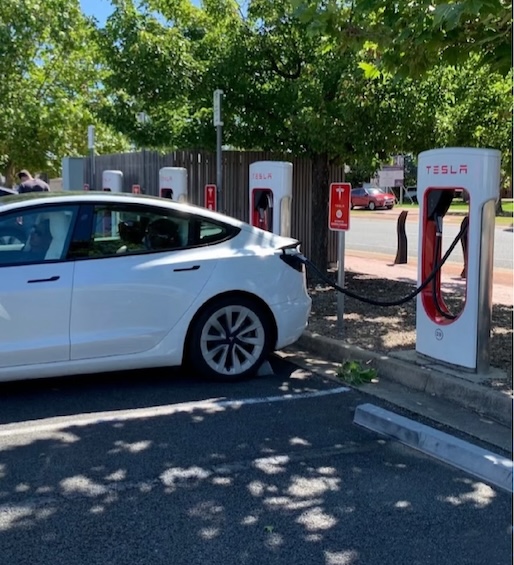Electric vehicles (EVs) are increasingly popular for their environmental benefits and savings on fuel, but they often come with higher insurance premiums compared to traditional internal combustion engine (ICE) vehicles. In Australia, for instance, EV owners face insurance costs that are on average $661 higher per year than those for ICE vehicles. This discrepancy in insurance costs can be attributed to several factors, including the higher initial purchase price of EVs, the complexity and cost of repairs, and the current supply and demand dynamics.
Factors Contributing to Higher Insurance Costs for EVs:
- Purchase Price: EVs usually have a higher upfront cost, influencing the overall insurance premium.
- Repair Costs: The advanced technology and specialized components of EVs, such as batteries and electric motors, make repairs more expensive. This is exacerbated by the need to import parts and the limited number of EV-specialized service centers and technicians.
- Supply and Demand: High demand for EVs, along with supply constraints for vehicles and spare parts, impacts insurance premiums.
- Technological Value: The newer technologies and higher overall value of EVs require specialized repair skills, contributing to higher insurance costs.
Despite these factors, EV owners can employ several strategies to find more affordable insurance options:
Tips for Securing Lower EV Insurance Premiums:
- Shop Around: Don’t settle for the first insurance quote. Compare policies from different insurers to find the best rates and coverage suited to your needs.
- Look for EV-Specific Discounts: Some insurance companies offer discounts specifically for EVs or for drivers who maintain low mileage.
- Increase Your Excess: Opting for a higher excess can lower your premium, but make sure it’s an amount you can afford if you need to make a claim.
- Bundle Insurance Policies: Combining your EV insurance with other policies, such as home insurance, can sometimes lead to discounts.
- Install Security Features: Enhancing your EV’s security with approved alarms or tracking devices can reduce the risk profile and potentially lower your premium.
- Drive Safely: A good driving record can significantly reduce your insurance costs over time.
- Utilize Government Rebates: Some governments offer rebates or incentives for EV purchases that can offset the higher insurance costs indirectly.
- Negotiate with Insurers: Armed with quotes from competitors, you may be able to negotiate a better deal with your preferred insurer.
Understanding the Future of EV Insurance:
As the EV market continues to grow, and more data becomes available, insurance companies are likely to adjust their pricing models. The increased presence of EVs, improvements in repair infrastructure, and a broader understanding of EV risk profiles may contribute to more competitive insurance options in the future.
Additionally, the insurance industry might evolve to offer innovative products that cater specifically to the unique needs of EV owners, including coverage for battery life and performance.
While EVs are currently more expensive to insure than ICE vehicles, understanding the underlying factors and exploring various strategies can help owners find more affordable insurance. As the market for electric vehicles expands and adapts, it’s expected that insurance costs will become more aligned with those of traditional vehicles, making EV ownership even more appealing.


0 Comments